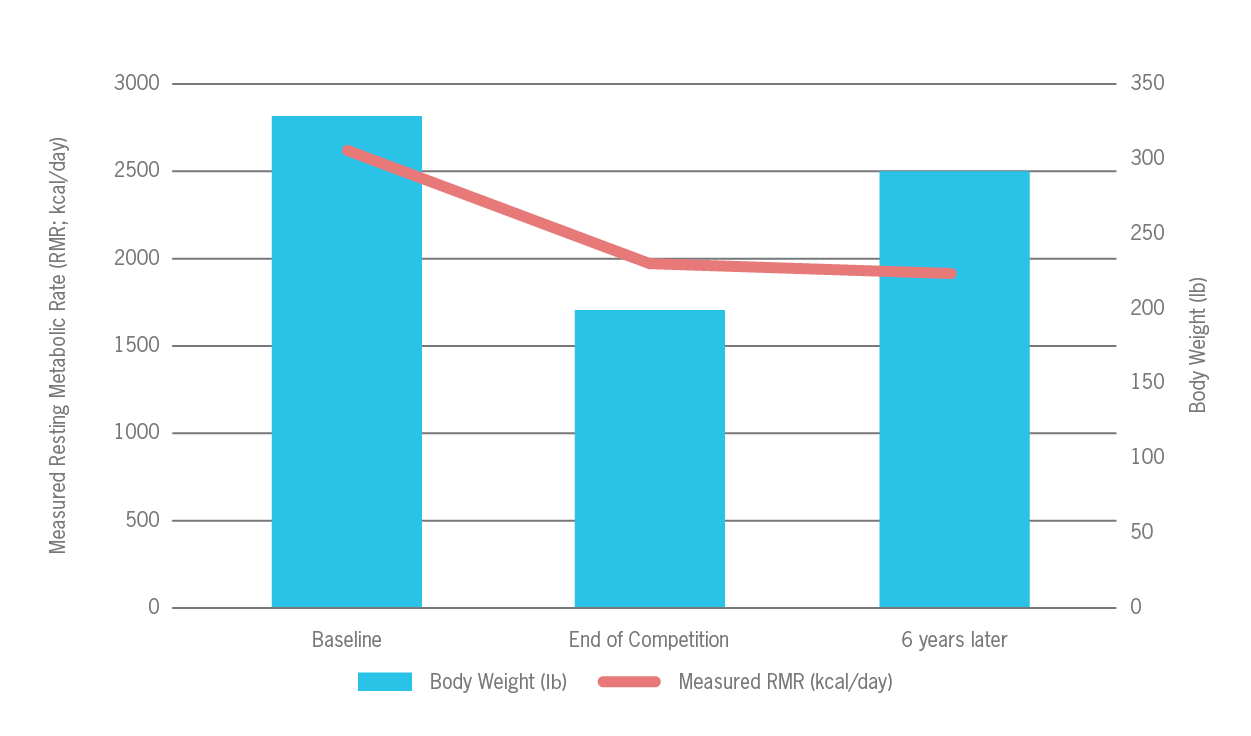Hemp is a plant grown in the northern hemisphere that takes about 3-4 months to mature. The seeds themselves can be consumed or used to produce a variety of food products including hemp milk, hemp oil, hemp cheese substitutes and hemp-based protein powder.
Hemp seeds have a very mild, nutty flavor. Hemp milk is made from hulled hemp seeds, water and sweetener. Hemp oil has a strong “grassy” flavor.
While hemp is commonly confused with marijuana and belongs to the same family, the two plants are very different. Marijuana is grown to contain high amounts of THC (tetrahydrocannabinol), the chemical that is responsible for its psychoactive properties. Hemp describes the edible plant seeds and only contains a trace amount of THC.
This MNT Knowledge Center feature is part of a collection of articles on the health benefits of popular foods. It provides a nutritional breakdown of hemp and an in-depth look at its possible health benefits, how to incorporate more hemp into your diet and any potential health risks of consuming hemp.
Nutritional breakdown of hemp
Hemp is available in a variety of forms, including oils and powders.
According to the USDA National Nutrient Database, two tablespoons of hemp seeds contain:
- 111 calories
- 6.3 g of protein
- 9.8 g of fat
- 1.7 g of carbohydrates (including 0.8 g of fiber and 0.3 g of sugar).
That same 2 Tbsp serving provides 32% of your daily magnesium needs, 15% of zinc and 11% of iron.
Two tablespoons of hemp seeds contain half a day’s worth of folic acid and as much potassium as a banana. Hemp seeds are also an easy way to add fiber to your diet.
Possible health benefits of consuming hemp
The nutritional content of hemp is linked to a number of potential health benefits.
Healthy fats
The American Heart Association recommend an intake of 1,000 mg of DHA and EPA (two essential fatty acids) per day. Fish is the major source of these omega-3 fatty acids; if a person does not regularly consume fish, they may not be getting enough DHA or EPA.
Hemp is a plant-based source of concentrated omega-3 fatty acids. However, the fatty acids that hemp contains are alpha-linolenic acids (ALA), which are poorly converted to DHA and EPA in the body at a rate of only about 2-10%.
Despite this inefficient conversion rate, hemp is one of the richest sources of ALA, and so still represents a very good source of healthy fat, particularly for those who do not consume fish or eggs.
Hemp contains a specific omega-6 fatty acid called GLA that is not found in any other food. Hemp oil contains an even higher percentage of GLA.
Hemp seeds also contain phytosterols, which help in reducing the amount of cholesterol in the body by removing fat build-up in the arteries.
Protein source
Hemp contains all 10 essential amino acids, making it a good plant-based protein source. Hemp does not contain phytates, which are found in many vegetarian protein sources and can interfere with the absorption of essential minerals.
Magnesium
Magnesium plays an important role in over 300 enzymatic reactions within the body, including the metabolism of food and synthesis of fatty acids and proteins. Magnesium is involved in neuromuscular transmission and activity and muscle relaxation.
Magnesium deficiency – which is especially prevalent in older populations – is linked to insulin resistance, metabolic syndrome, coronary heart disease and osteoporosis. Nuts and seeds like hemp are some of the best sources of magnesium.
Research suggests that people experiencing premenstrual syndrome may be able to alleviate symptoms such as bloating, insomnia, leg swelling, weight gain and breast tenderness by ensuring an adequate intake of magnesium. Magnesium combined with vitamin B6 appears to be most efficacious in these instances.6
How to incorporate more hemp into your diet
Hemp products include hemp seeds, hemp milk, hemp oil, hemp cheese substitutes and hemp protein powder. These products can be purchased at most health food stores.
Hemp seeds are easily sprinkled on salads, oatmeal and yogurt.
Hemp seeds should be should be kept in an airtight container in a cool, dry place. Most hemp products need to be refrigerated after being opened.
To avoid damaging the fatty acids, shelled hemp seeds should not be heated above 350 °F.
Quick tips for using hemp:
- Purchase meal bars or granola bars made with hemp seeds for a quick snack
- Use hemp seed oil to make a salad dressing
- Sprinkle some hemp seeds on salads, rice pilafs, oatmeal or yogurt
- Add hemp seeds to baked goods such as whole wheat muffins.
Try some of these healthy and delicious recipes using hemp, all developed by registered dietitians:
Pumpkin hemp seed bread
Hemp seed tabouli
Double chocolate energy bites
Banana, pear, avocado and hemp seed smoothie.
Precautions for hemp use
Hemp seeds are safe when consumed in moderation. Because hemp seeds are high in fat, the sudden increase in fat caused by eating large amounts of hemp may cause mild diarrhea. People with a sensitive digestive system are advised to start by eating a small amount, such as 1 teaspoon, and slowly work up to the serving size of 2 tablespoons.
Hemp seeds inhibit platelet formation and interact with anticoagulant medications, causing a higher risk of bleeding. If you have been prescribed an anticoagulant, talk to your doctor before consuming a large amount of hemp.
Source: Hemp: Health Benefits, Nutritional Information : Medical News Today





